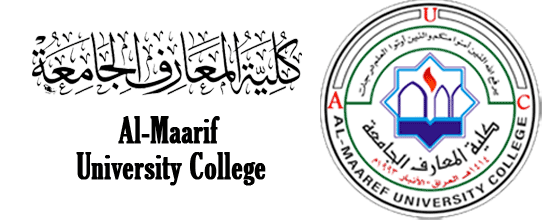
A comprehensive study of handover mechanism with minimal resources in 5G cellular networks: architecture and challenges
Abstract Now days MIMO–OFDM is highly preferred in mobile communication, includes the 5th generation (long term evaluation). The objectives of current research include proposing and designing a high quality 5G cellular network using minimum resources and handover mechanism. The handover mechanism is implemented for the minimization of the time in the performance of the cellular network. The performance of the proposed simulation model for the 5G cellular network is extracted based resource allocation and handover mechanism. This implementation is reducing the handover preparation time and execution time. For the three selected schemes of transmission as − 5 dB, 0 dB, and 5 dB the experiment acts as an active, passive, and clustered. For the 0 dB the transmission acts as an active transmission, for the − 5 dB it acts as a passive, and for the 5db it acts as a clustered mode for the transmission. The present study clearly demonstrated that the 5G network can be communicated within minimum resources, time, space, and usability of the white spectrum with maximum speed. Due to the increasing complexity of network topology in 5G Heterogeneous with the integration of many different base station types, in the 5G architecture mobility management has many challenges. The intense deployment







